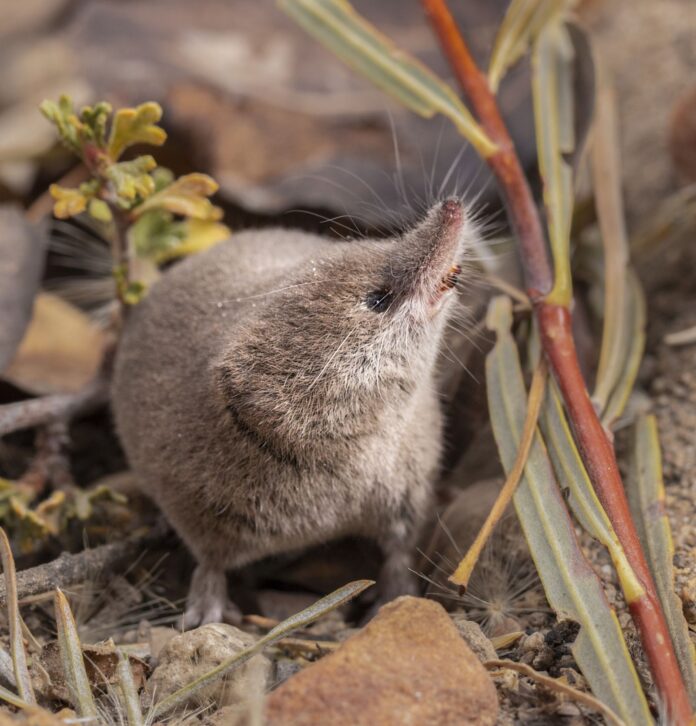The Mount Lyell shrew has been photographed live for the first time
By KATELYN BURNS— science@theaggie.org
The Mount Lyell shrew is a small mammal endemic to a tiny area in the Sierra Nevada. The species is highly vulnerable to climate change, as noted in a 2015 Climate Change Vulnerability Assessment by UC Davis. However, very little is known about the Mount Lyell shrew.
“Species experts were not aware of the existence of a photograph of a live Mount Lyell shrew,” the assessment reads.
In November 2024, this changed as a wildlife photographer and recent UC Berkeley graduate Vishal Subramanyan, alongside collaborators, released images of the elusive Mount Lyell shrew.
“Shrews have very fast metabolisms and combined with the fact that they spend a lot of their time underground, the only way to observe shrews are with traps — specifically pitfall traps, which are cups placed in the ground with bait so that the animals fall in,” Subramanyan said.
However, their fast metabolisms can create an issue with trapping them when they are alive. Their metabolisms are very fast, and they will die if they are unable to eat every one to two hours. So, amongst the handful of times that Mount Lyell shrews had been caught before, the shrews were dead. To minimize their environmental impact and record previously undocumented data, the researchers wanted to capture the shrews alive and then release them.
“We had come up with the protocol of checking traps every two hours to ensure [the shrews] stayed alive; The hard part was just staying awake, because we never got to sleep for more than two hours at a time for four days,” Subramanyan said. “ [This] was definitely not the most fun or ideal, especially as temperatures got down to like 15 degrees at night.”
Once they had caught a shrew in a trap, the researchers would take photos, both in their white background setup and their natural terrarium setup. They would also take a small genetic sample to use for later testing before releasing the shrews.
Where the expedition occurred — in the eastern Sierra Nevada, just southwest of the Lee Vining community — there are five species of shrews, including the Mount Lyell shrew.
“A lot of these shrew species are indistinguishable in the field and you need genetics to confirm their identification,” Subramanyan said. “[This] means that we had to photograph every single shrew we caught, and we wouldn’t know that it was a Mount Lyell shrew until we ran genetics weeks later.”
Out of 18 shrews caught and genetically tested, six were confirmed as Mount Lyell shrews.
“When we start thinking about biodiversity loss and the types of species that it’s impacting, it’s often these species — these overlooked species — that are kind of quietly disappearing under the radar with no public awareness or attention,” Subramanyan said.
Despite the vulnerability of the Mount Lyell shrew, there’s very little research on them and virtually no field research.
“Now, with these photographs, we’ve taken an animal that a handful of people knew about and now millions of people know about it,” Subramanyan said. “Raising that awareness is the first step to inspiring more studies and inspiring animal conservation.”
High-elevation animals in the Sierra Nevada face many threats due to the rapidly changing climates. The Mount Lyell shrew, being particularly vulnerable to these rapid changes, can act as an indicator species for the health of its high-elevation habitat.
Written by: Katelyn Burns— science@theaggie.org





